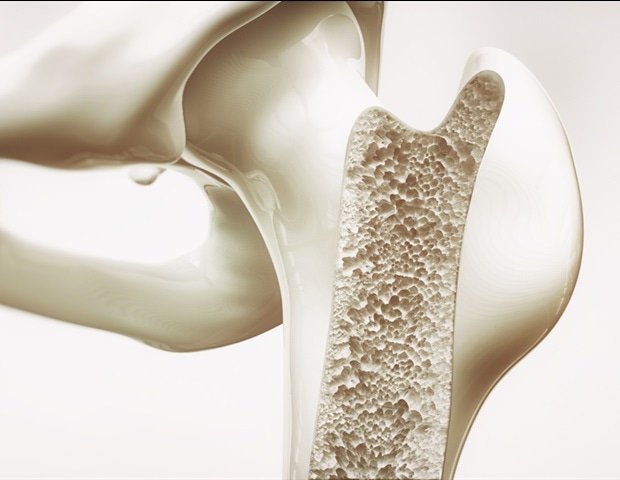Blog
DDR2 promotes BMP-dependent bone regeneration and reduces heterotopic ossification
Analysis into bone regeneration has taken a major breakthrough with the invention of an important mechanism that would remodel the remedy of bone ailments. Scientists bear found how discoidin area receptor 2 (DDR2) promotes bone morphogenetic protein (BMP)-dependent bone regeneration whereas decreasing the chance of heterotopic ossification (HO), providing promising therapeutic alternatives. This breakthrough sheds gentle on how DDR2 regulates BMP exercise, paving the best way for safer and more practical interventions in bone restore and associated ailments.
Bone loss attributable to trauma, fracture or illness represents a significant world well being problem and sometimes results in long-term incapacity. Bone morphogenetic proteins (BMPs) are recognized for his or her important roles in bone formation and therapeutic, however their scientific utility is hampered by important hurdles. Excessive doses of BMP are sometimes required, carrying the chance of toxicity and potential oncogenesis, whereas their unregulated exercise can result in irregular bone formation in delicate tissues, termed heterotopic ossification. Addressing these challenges requires a deeper understanding of the elements that modulate BMP signaling, highlighting the urgency of figuring out mechanisms that may enhance bone regeneration whereas minimizing antagonistic results.
On January 2, 2025, a research revealed in 2025 (DOI: 10.1038/s41413-024-00391-z) revealed the essential function of discoidin area receptor 2 (DDR2) in BMP signaling. Analysis performed by a staff on the College of Michigan College of Dentistry reveals that DDR2 is just not solely important for efficient bone regeneration, however can be concerned in heterotopic ossification. This discovery establishes DDR2 as a essential modulator of BMP exercise with profound implications for bone biology and therapeutic growth.
The researchers used an integrative method to analyze the function of DDR2 in BMP signaling. By implanting subcutaneous BMP2 into mice, they noticed considerably impaired bone formation in Ddr2-deficient mice. In a mouse mannequin of fibrodysplasia ossificans progressiva (FOP) – a genetic dysfunction that causes irregular bone development in delicate tissues – DDR2 deficiency considerably lowered heterotopic ossification. Curiously, DDR2 was discovered to be co-expressed with GLI1, a marker of skeletal stem cells, in cells migrating to BMP2 implants. These DDR2/GLI1-positive cells contributed considerably to bone formation and affected cartilage and bone lineages equally. Additional experiments revealed that selective removing of DDR2 in Gli1-expressing cells resulted in bone formation deficits much like these in world Ddr2-deficient animals, primarily attributable to lowered proliferation of Gli1+ cells relatively than apoptosis. Specifically, DDR2 has been proven to manage YAP and TAZ, two key parts of the Hippo signaling pathway, highlighting its function in orchestrating BMP responses throughout the collagen matrix.
Our outcomes spotlight the significance of DDR2 in modulating BMP signaling. This discovery not solely deepens our understanding of bone biology, but additionally opens thrilling potentialities for therapeutic interventions to enhance bone regeneration and deal with ailments akin to heterotopic ossification.”
Renny T. Franceschi, Ph.D., professor on the College of Michigan College of Dentistry and senior writer of the research
The potential purposes of this analysis are groundbreaking. By figuring out DDR2 as a key regulator of BMP exercise, scientists can develop current therapies to enhance bone regeneration in scientific contexts akin to fracture therapeutic and spinal fusions. Moreover, these outcomes supply hope for the remedy of debilitating ailments akin to FOP, wherein irregular bone formation considerably impacts high quality of life. This research represents a transformative step ahead and ensures the safer and extra focused exhaust of BMPs to advertise bone restore and regeneration.
Supply:
Journal reference:
Wu, F.,. (2025). Discoidin area receptor 2 is an distinguished modulator of BMP signaling throughout heterotopic bone formation. . doi.org/10.1038/s41413-024-00391-z.

